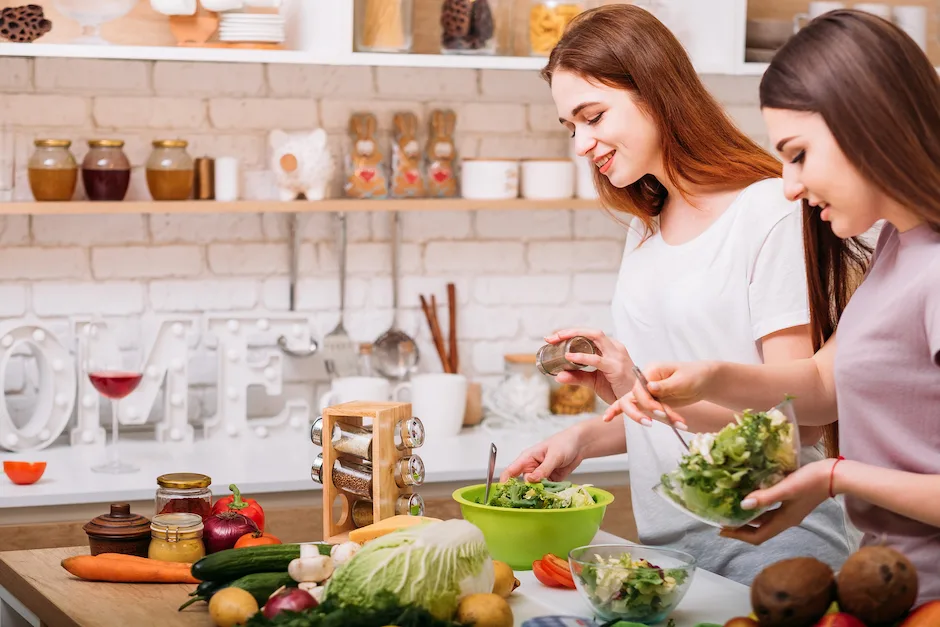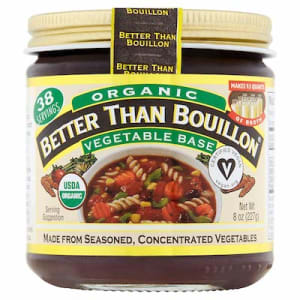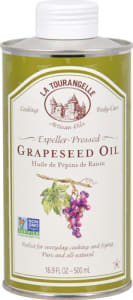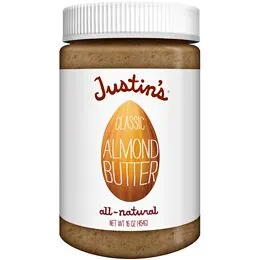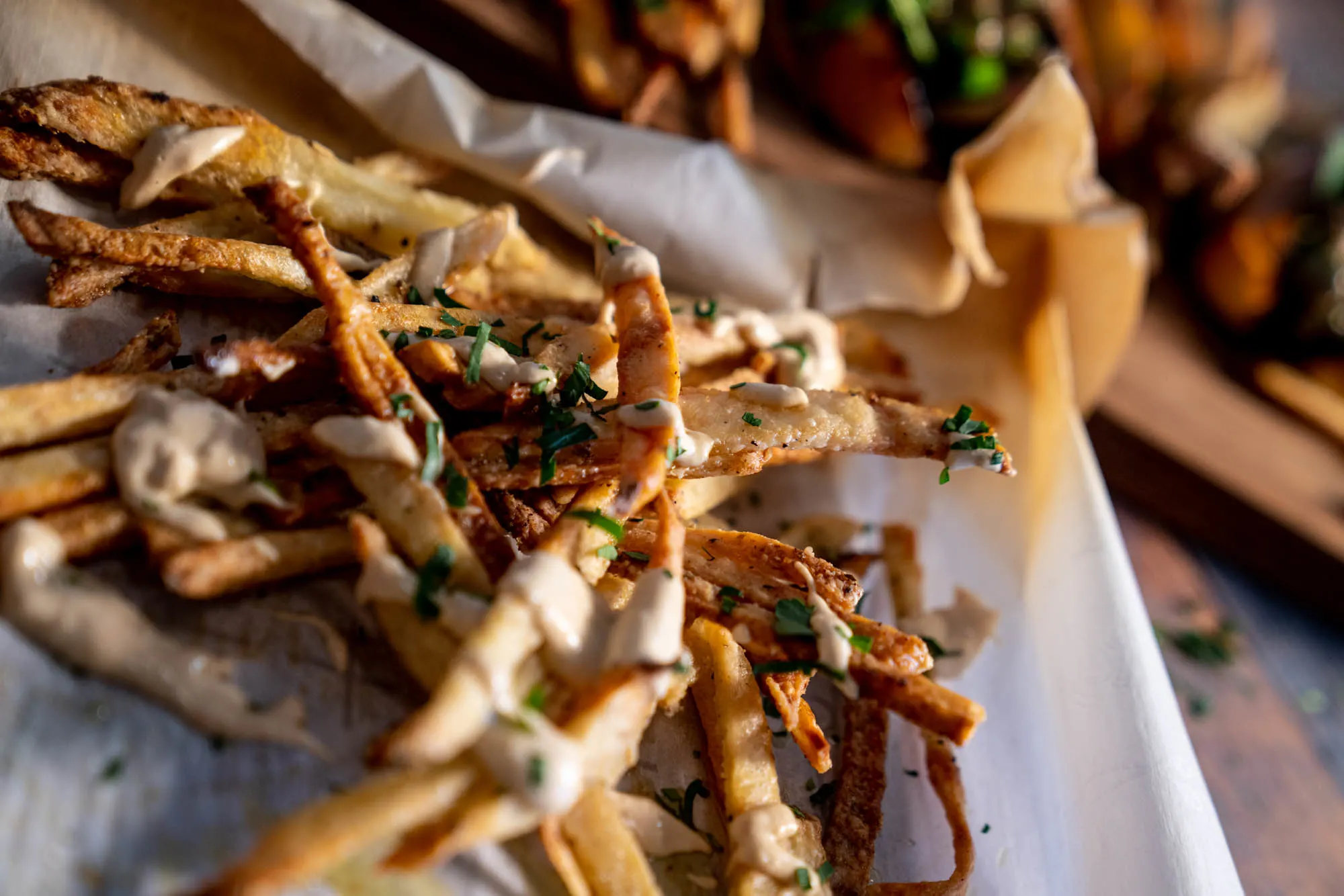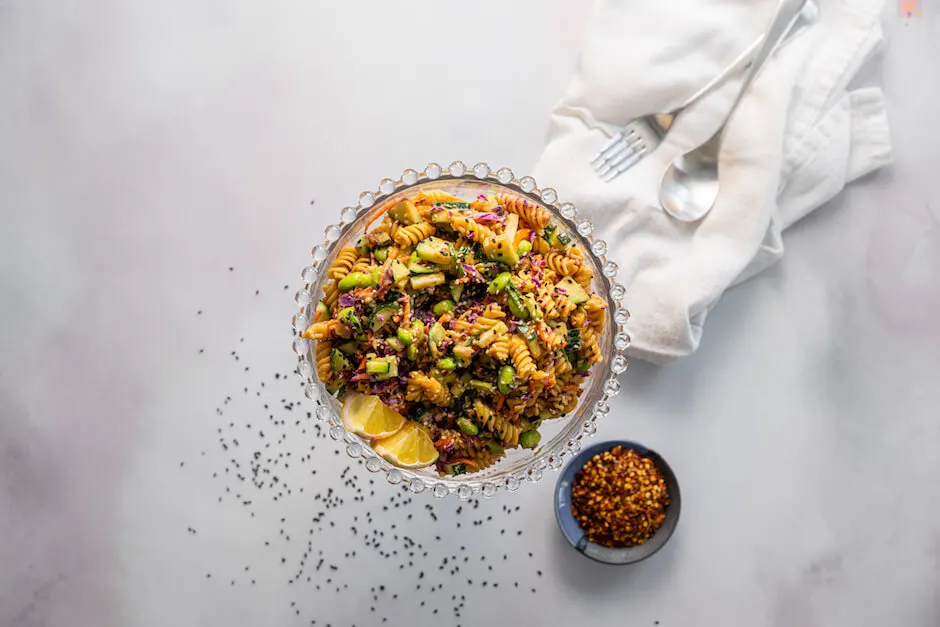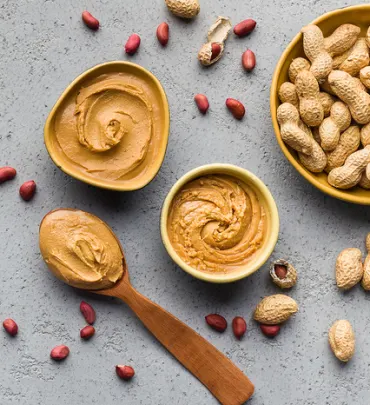 I started the Clean Slate Cleanse to educate people about how clean eating affects our health and the way we feel. The goal is to hit the reset button. To learn how to look at what we are eating and how we are eating. To be more mindful of the food with which we nourish our bodies. Along the way, I’ve met people who think they can’t participate in the Clean Slate Cleanse for a variety of reasons. The truth is, the Cleanse is adaptable for literally everyone. Even if you have a food allergy, adapting the Clean Slate Cleanse is as easy as knowing how to modify recipes and make a few substitutions.
I started the Clean Slate Cleanse to educate people about how clean eating affects our health and the way we feel. The goal is to hit the reset button. To learn how to look at what we are eating and how we are eating. To be more mindful of the food with which we nourish our bodies. Along the way, I’ve met people who think they can’t participate in the Clean Slate Cleanse for a variety of reasons. The truth is, the Cleanse is adaptable for literally everyone. Even if you have a food allergy, adapting the Clean Slate Cleanse is as easy as knowing how to modify recipes and make a few substitutions.
Healthy Food is For Everyone
I’ve heard the comment, “The Cleanse is just not for me.” This couldn’t be farther from the truth. For all of you health nuts, there’s definitely more to learn. The Cleanse incorporates loads of science behind eating and the foods we eat. Plus, you’ll discover lots of great new recipes to try. If you are a fast food junkie, the Cleanse is for you, too. This could be the first step to a healthier you, and my team and I will guide you the entire way. You CAN do this.
I understand that many people have legitimate food allergies or aversions. The Cleanse encompasses all plant-based foods, and you may choose to avoid some of them. Let’s break them down so you have some options.
Soy
Although some people think soy allergies are more common, the FDA estimates that only 0.2 – 0.4% of people are actually allergic to soy. Furthermore, most of these are children who outgrow the sensitivity by the age of three. The real problem, researchers believe, is the processed nature of most soy foods. Up to 93% of all commercially grown soy is genetically modified. Add to that the other non-favorable ingredients in a lot of processed foods, and you have the perfect disaster for many a sensitive digestive system. With this in mind, if you choose to eat the soy-containing foods on the Cleanse, be sure you purchase only non-GMO, organic soy.
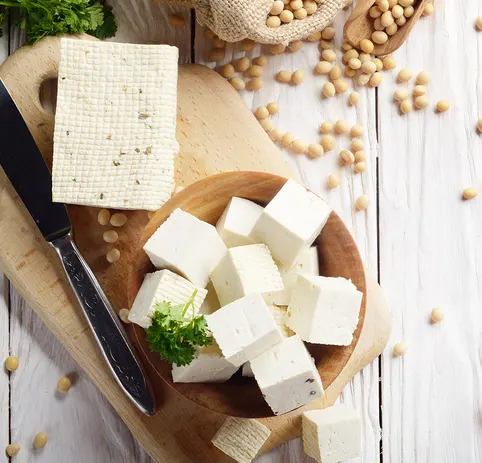
Many people believe soy is a source of estrogen and can cause all kinds of health issues. Learn the truth about this in my post, Debunking the Myths About Phytoestrogens. Hopefully, after reading that article, you will be armed with research to give you confidence to try adding soy as a healthy option.
If you still don’t want to consume soy or truly have an allergy to it, here are some substitutions.
- For many recipes with tofu and vegetables, like Ramen, you can simply omit the tofu. The noodles and vegetables and broth are delicious with or without the crispy tofu chunks.
- To replace chunks of tofu in a dish, use your favorite kind of beans instead. (Chickpeas work nicely in many recipes.)
- For silken tofu used in sauces and soups, try a vegan yogurt – such as rice, almond or coconut milk-based yogurts. Soaked cashews also work nicely in some recipes, such as this Butternut Squash Soup.
- For miso, substitute vegetable broth.
- Instead of soy sauce, try coconut aminos.
Nightshades
Nightshades is a family of plants that includes potatoes, eggplant, tomatoes, bell peppers, chili peppers, okra, and gogi berries. (There are others, but these are the most common.) Most people who can’t tolerate nightshades actually have a sensitivity to alkaloids, not an allergy. They lack enzymes needed to properly digest these foods. Sometimes a sensitivity to nightshades can be a sign of leaky gut or other digestive issues. In these cases, most people can tolerate the culprit foods after healing the gut issues.
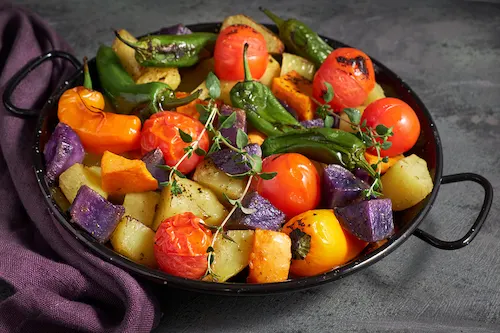
Because so many recipes contain peppers in the form of spices and sauces, sometimes it’s just easiest to omit the spice. Anything derived from or containing a chili pepper or bell pepper falls into this family. Some common examples include chili powder, cayenne pepper, paprika, salsa, sriracha sauce, and others. For other types of nightshades, try these alternatives:
- In place of eggplant, use portobello mushroom or zucchini.
- Instead of potatoes, try zucchini, squash, or sweet potato. For mashed potatoes, cauliflower is a good option.
- If you’re missing the spice of pepper in a dish, season it up with herbs instead! You can also safely use black pepper, turmeric, cumin, coriander, and many others.
Tree Nuts
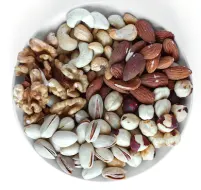
Tree nuts include walnuts, almonds, hazelnuts, cashews, pistachios and Brazil nuts. These are not the same as peanuts, which are legumes, or seeds, such as sunflower or sesame. Try these substitutions if you can’t eat tree nuts:
- Peanuts, if you can eat them
- Seeds, like pumpkin, sunflower, or sesame
- Dried fruit
- Roasted chickpeas for salad toppings
- Use tofu in place of cashews used to make cashew cream.
- For recipes that call for nut milks, try oat milk or coconut milk instead.
Peanuts
If you are allergic to peanuts but you can have tree nuts, the substitution is simple.
- In place of peanut butter, like in Vietnamese Summer Rolls, use a different nut or seed butter, such as almond or sesame butter.
- For peanut oil, substitute canola oil or grapeseed oil.
If you’ve ever felt like you can’t participate in the Clean Slate Cleanse because of a food allergy, I hope you now have the confidence and knowledge to give it a try!
You can search our database of recipes according to your allergies! Check out our recipes in these sections: Nightshade Free, Nut Free, Soy Free.
